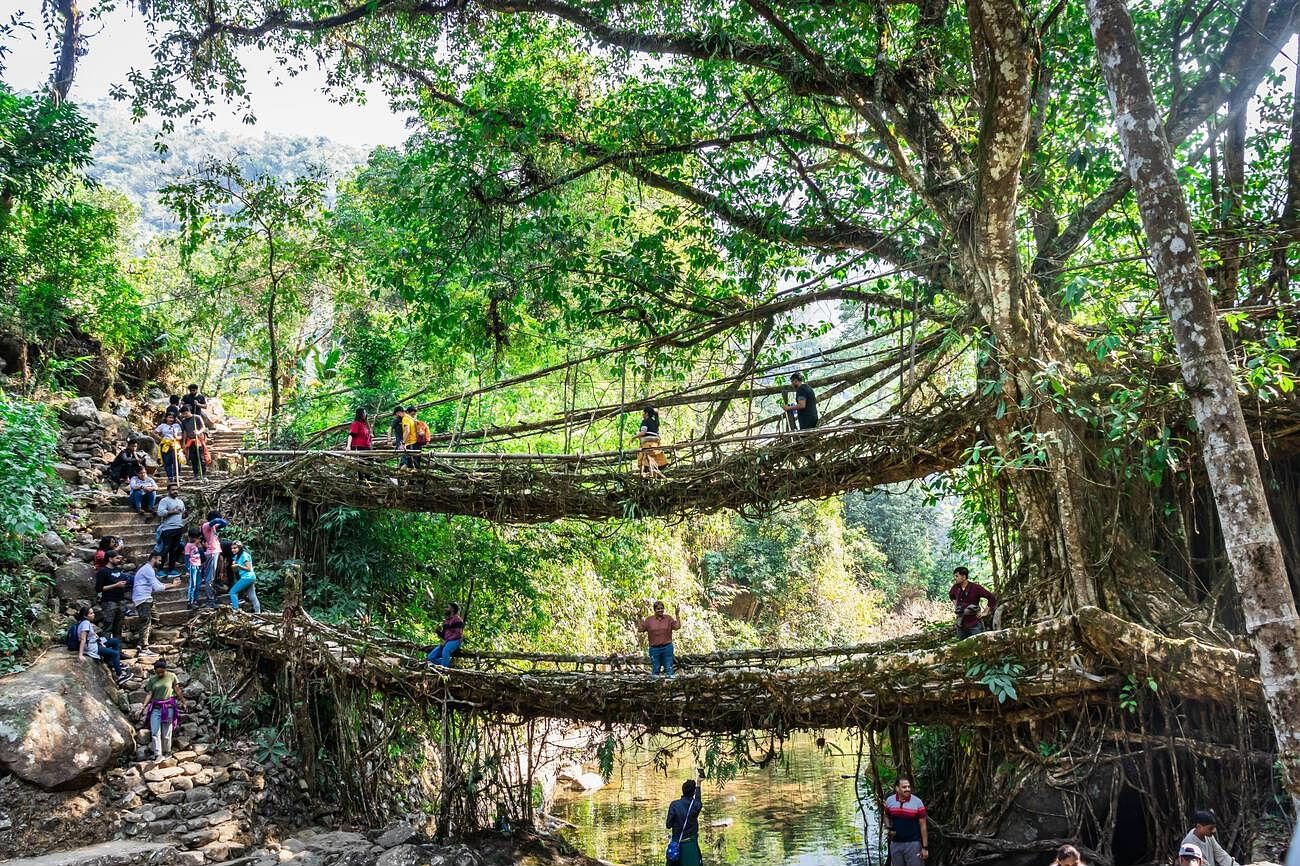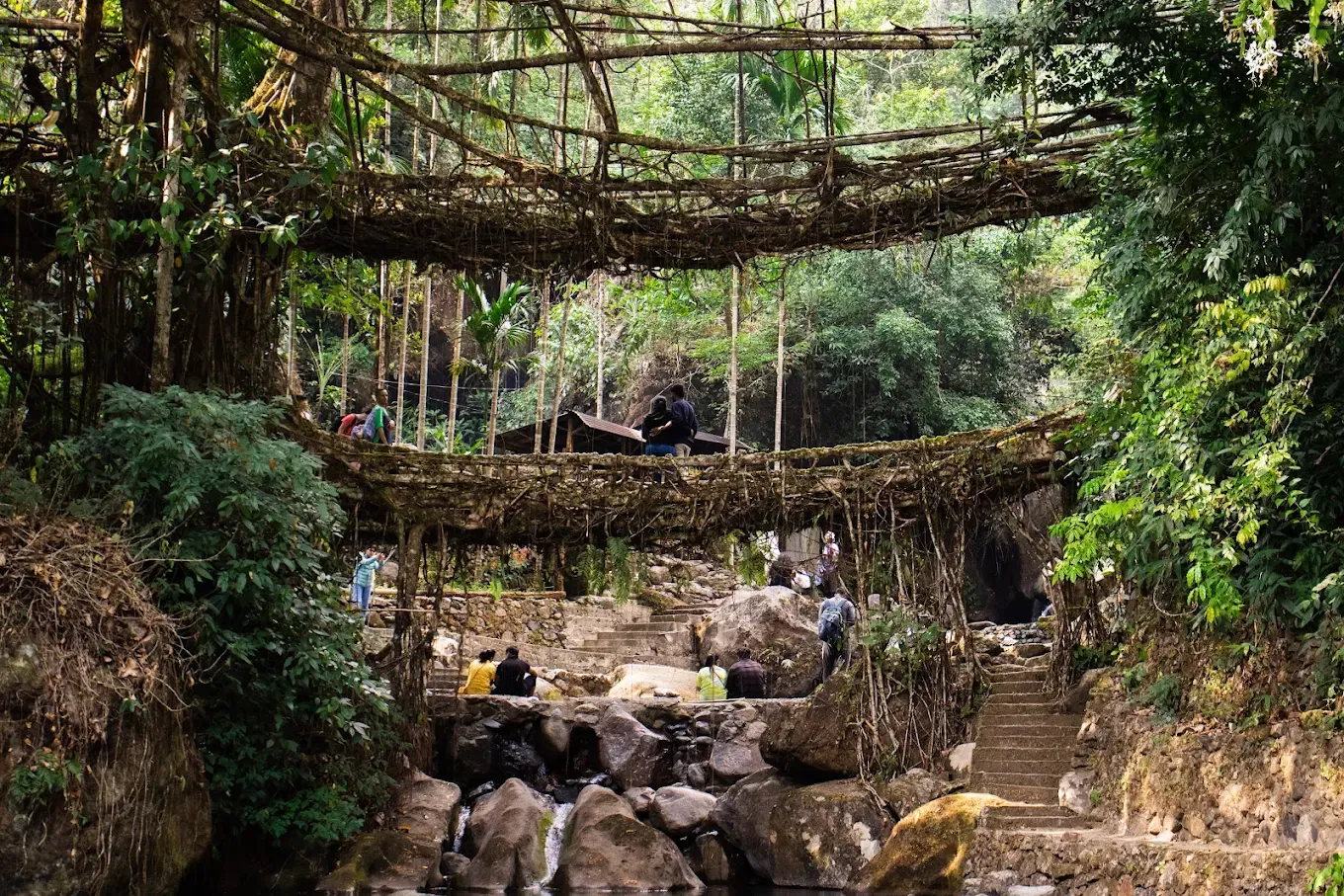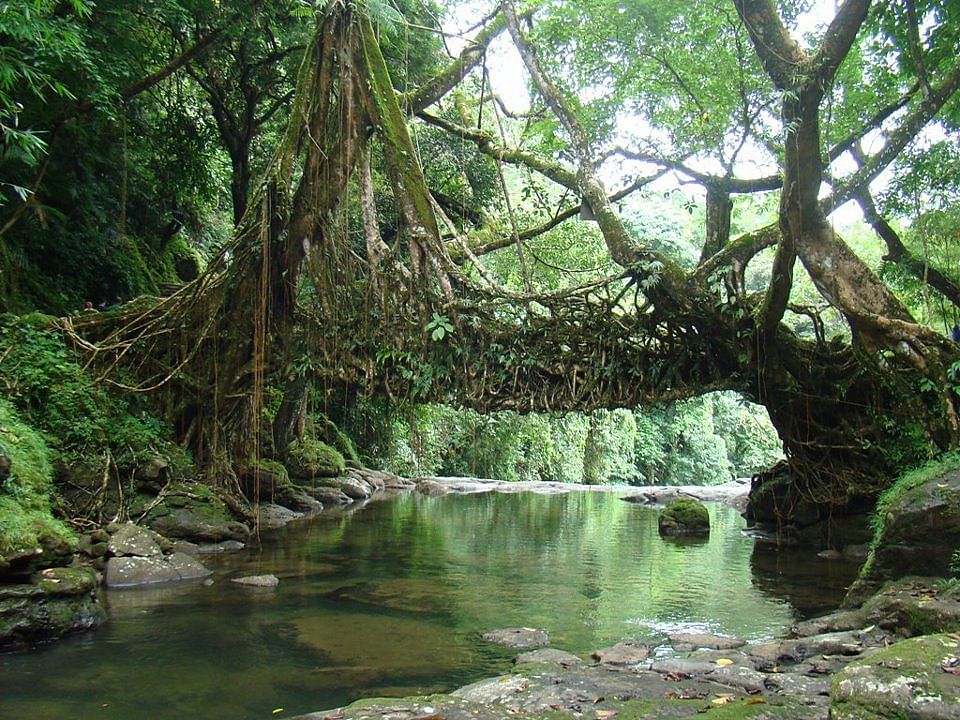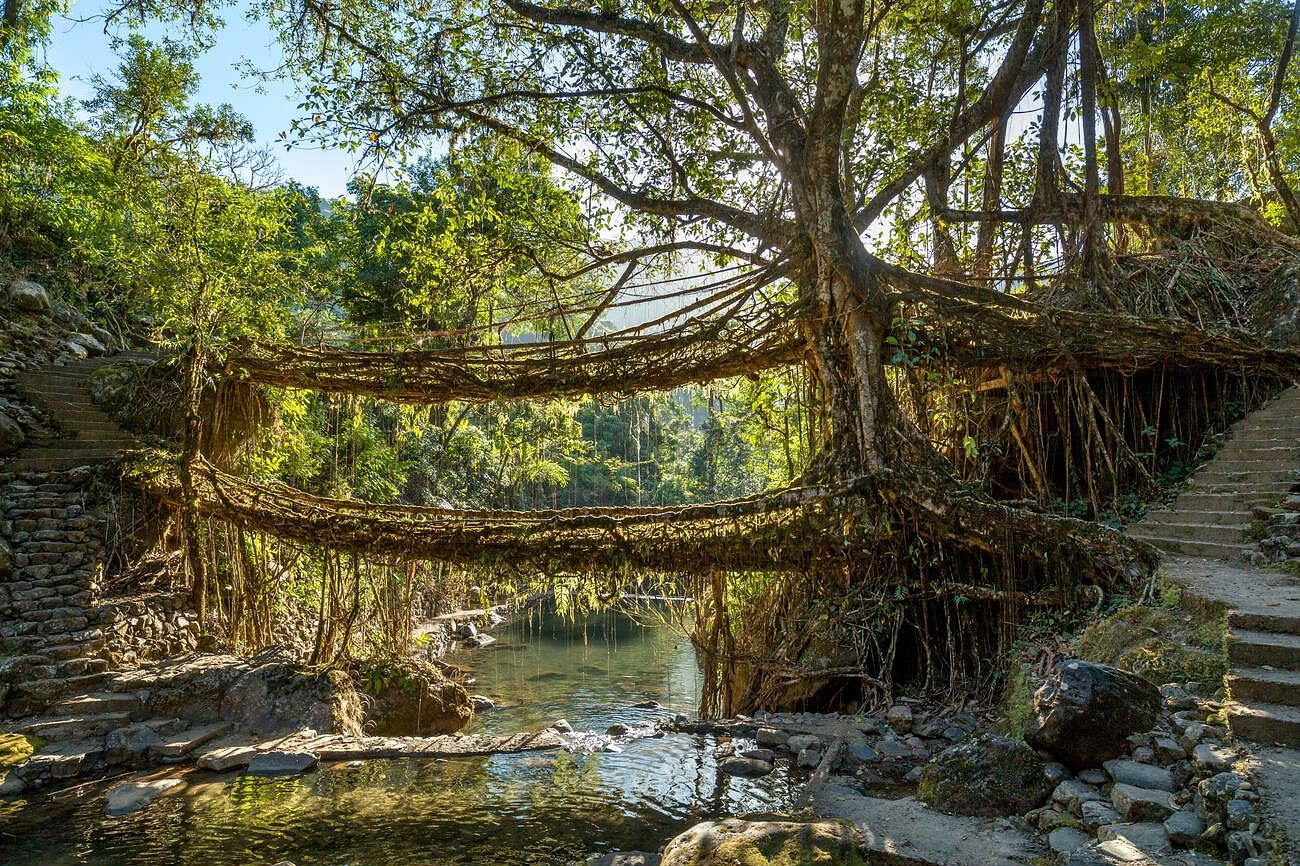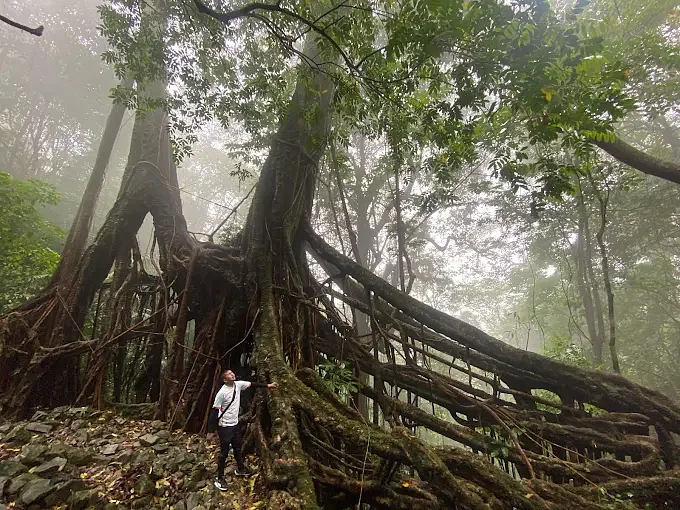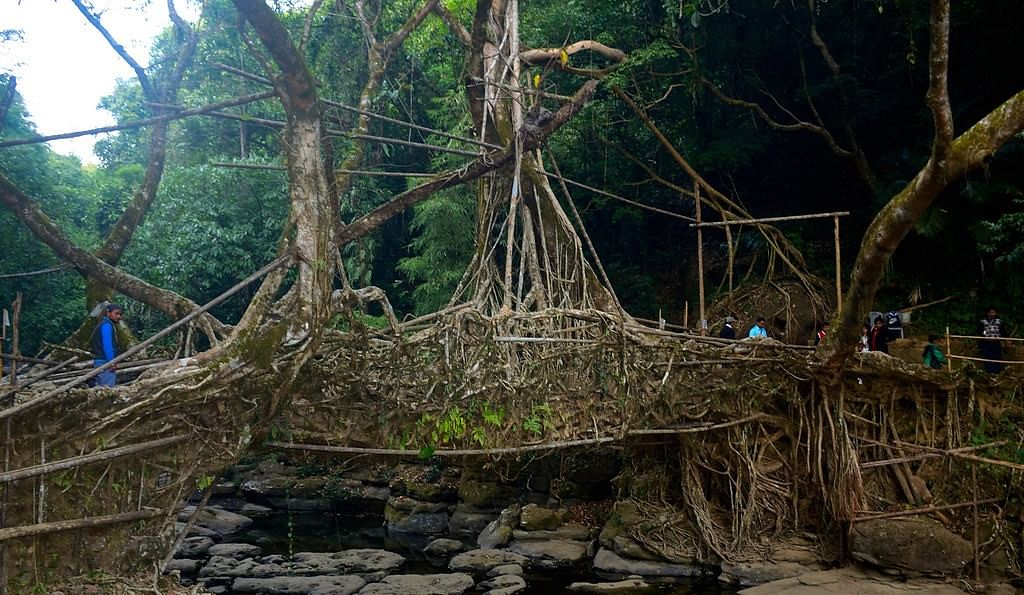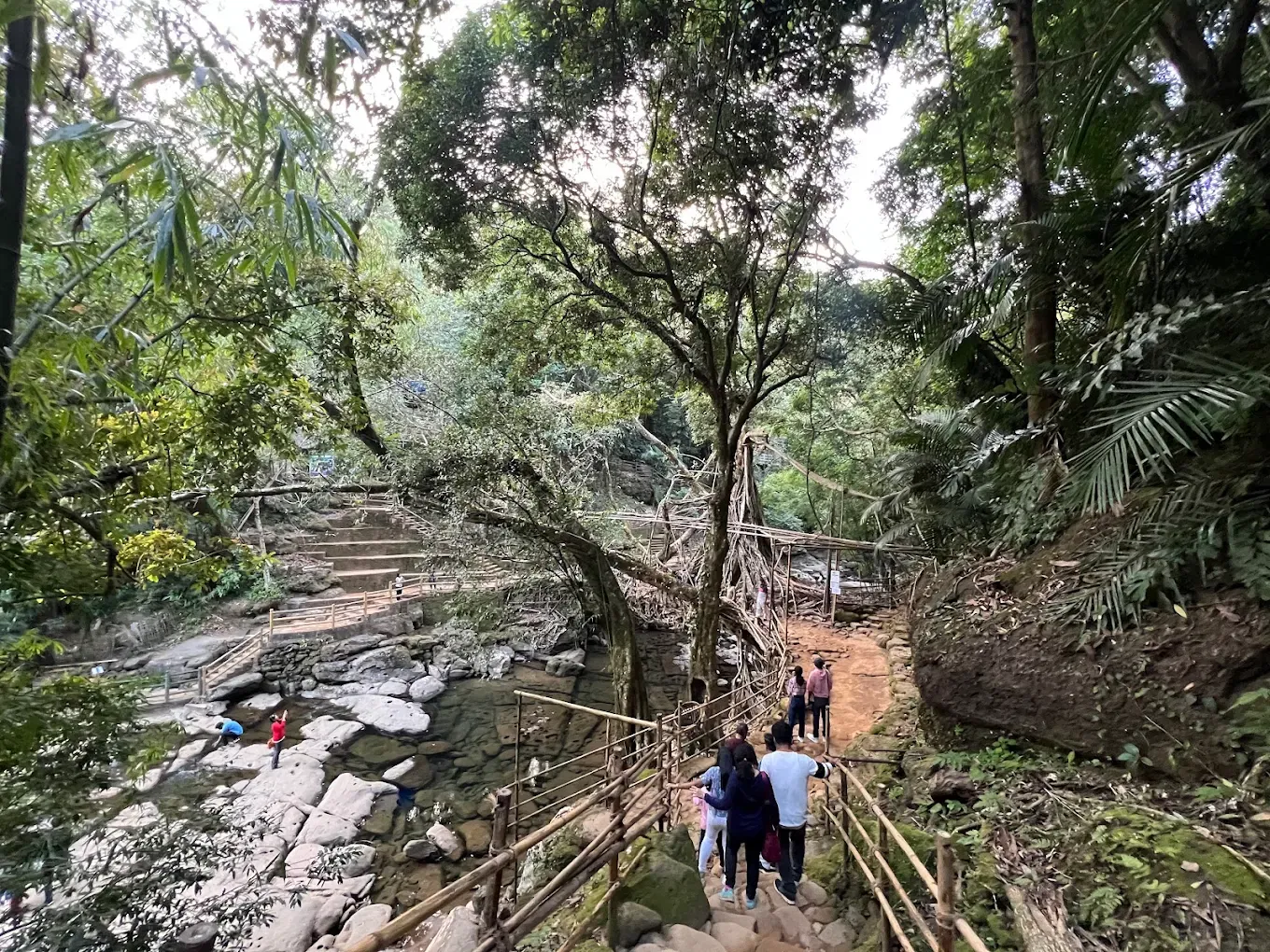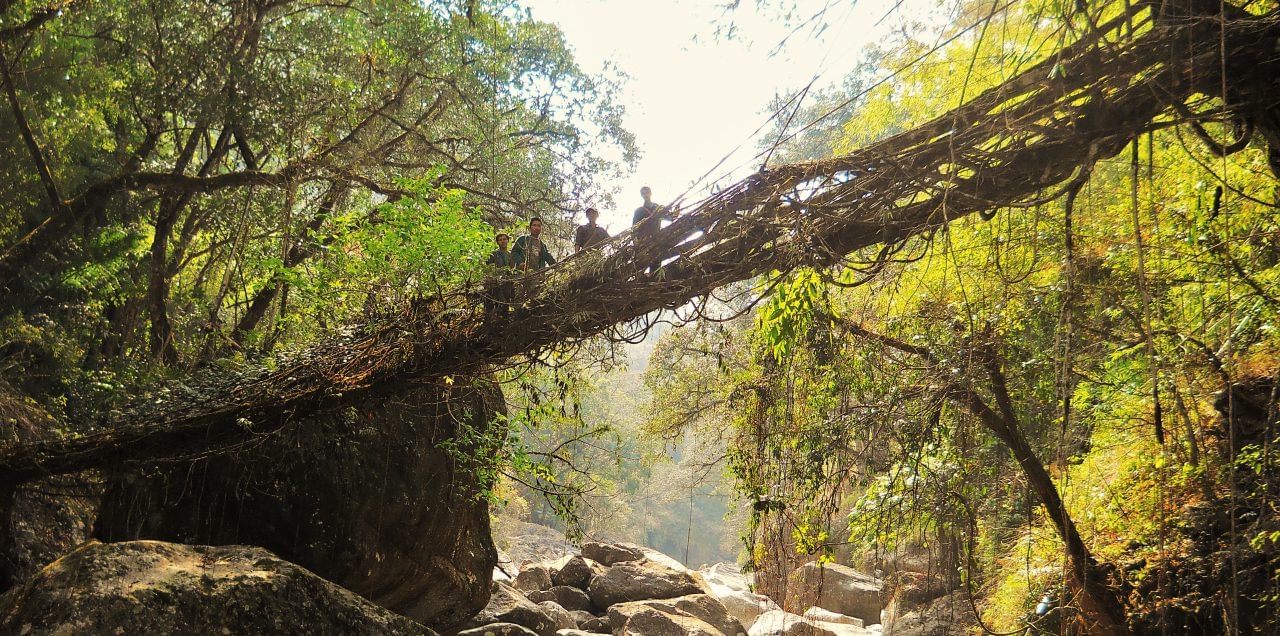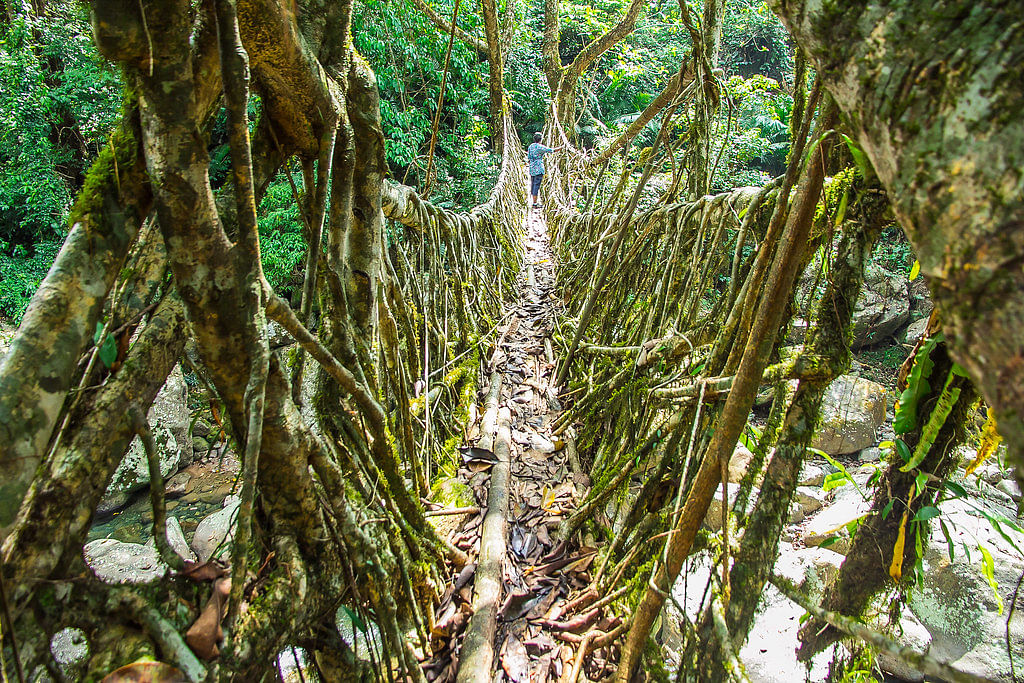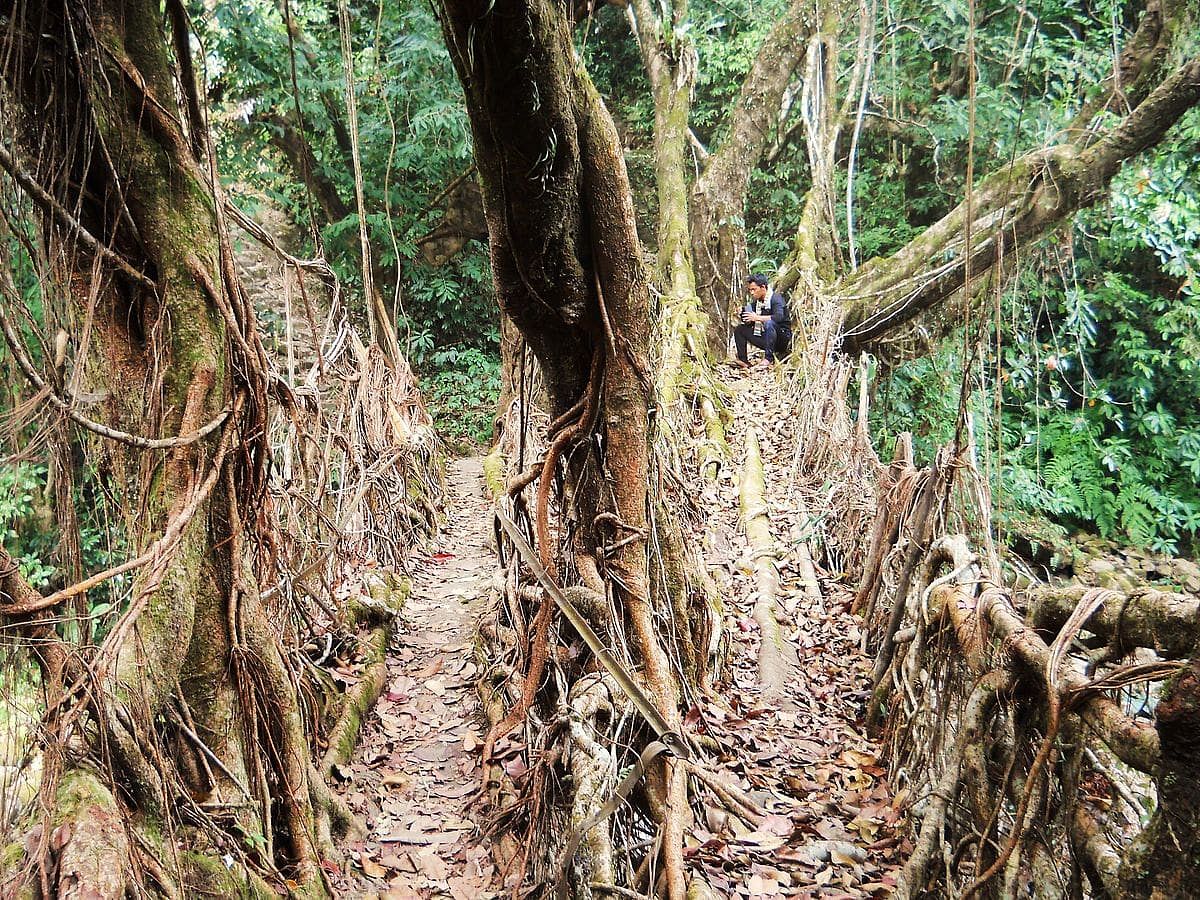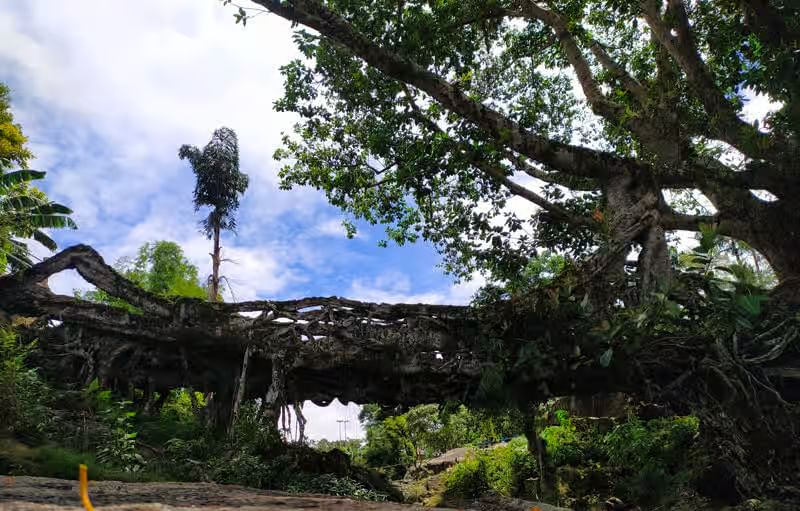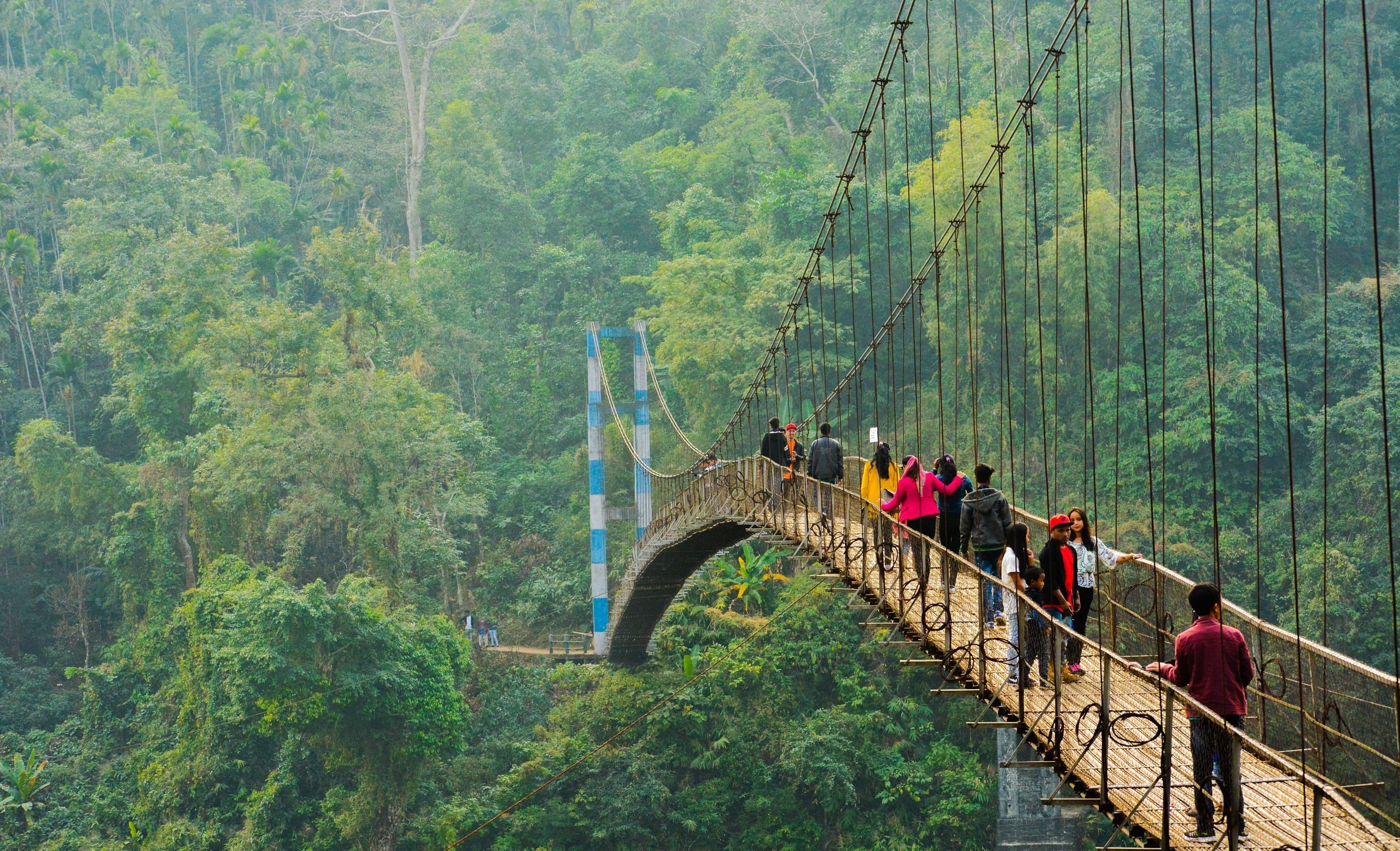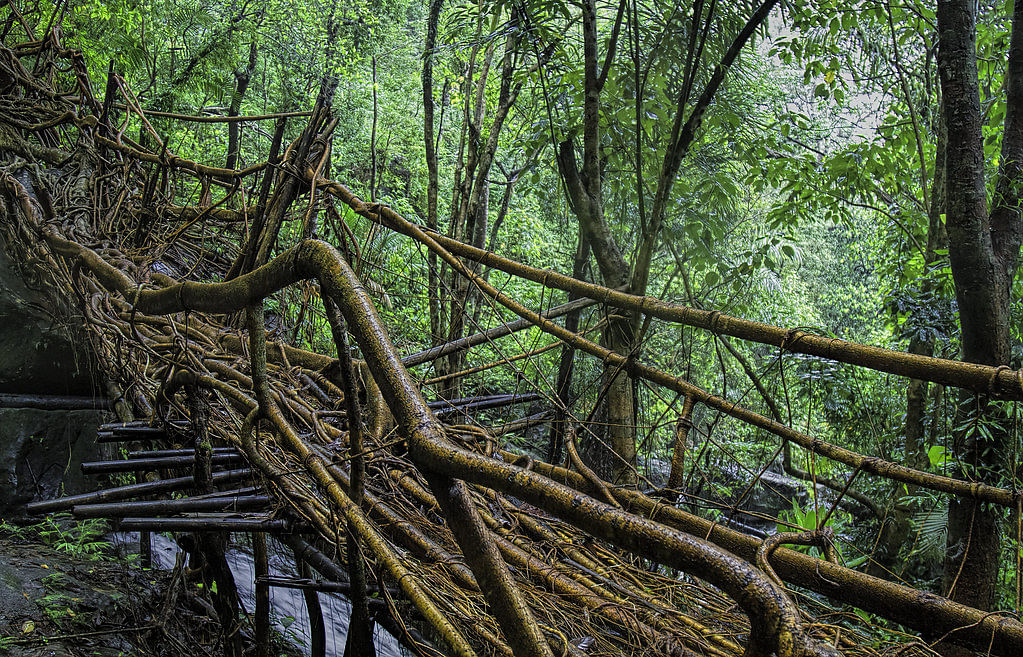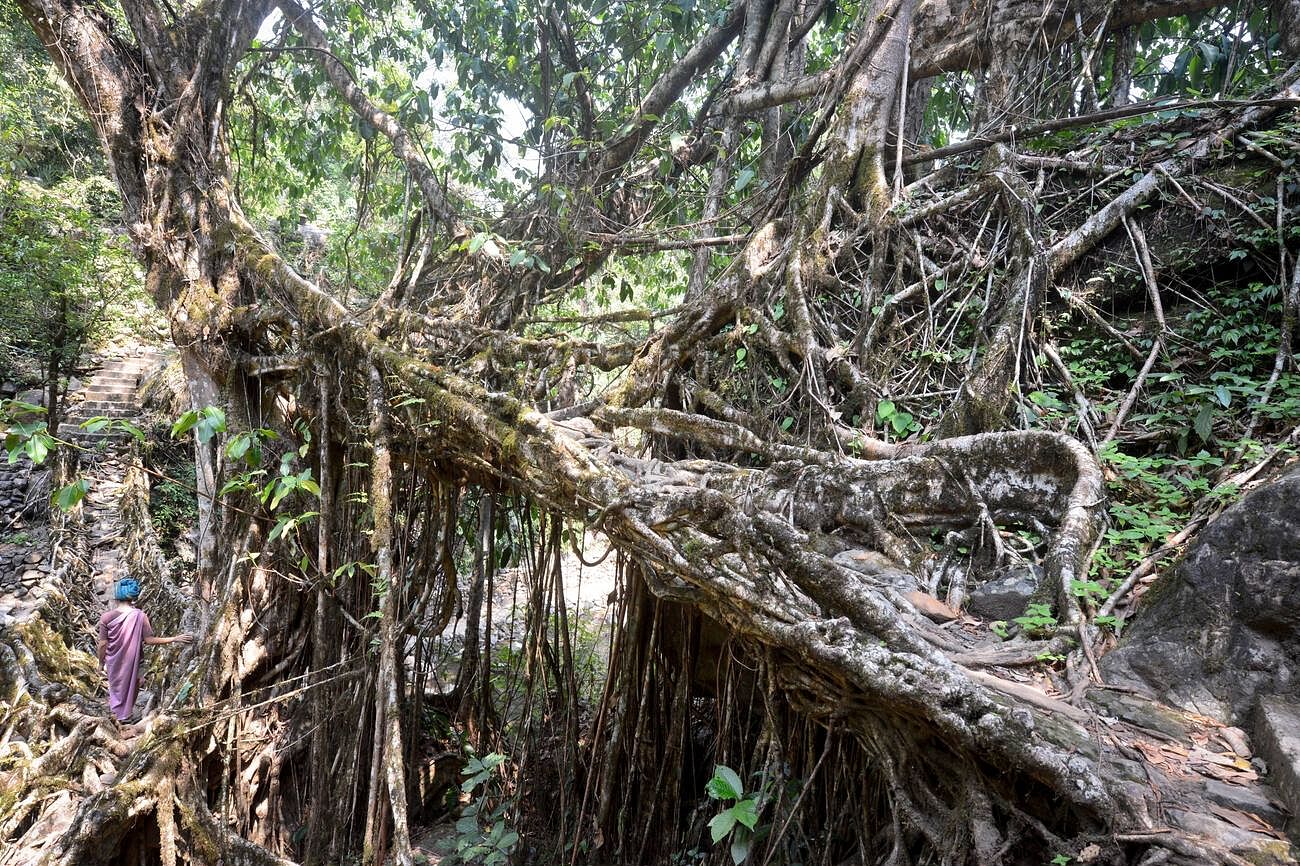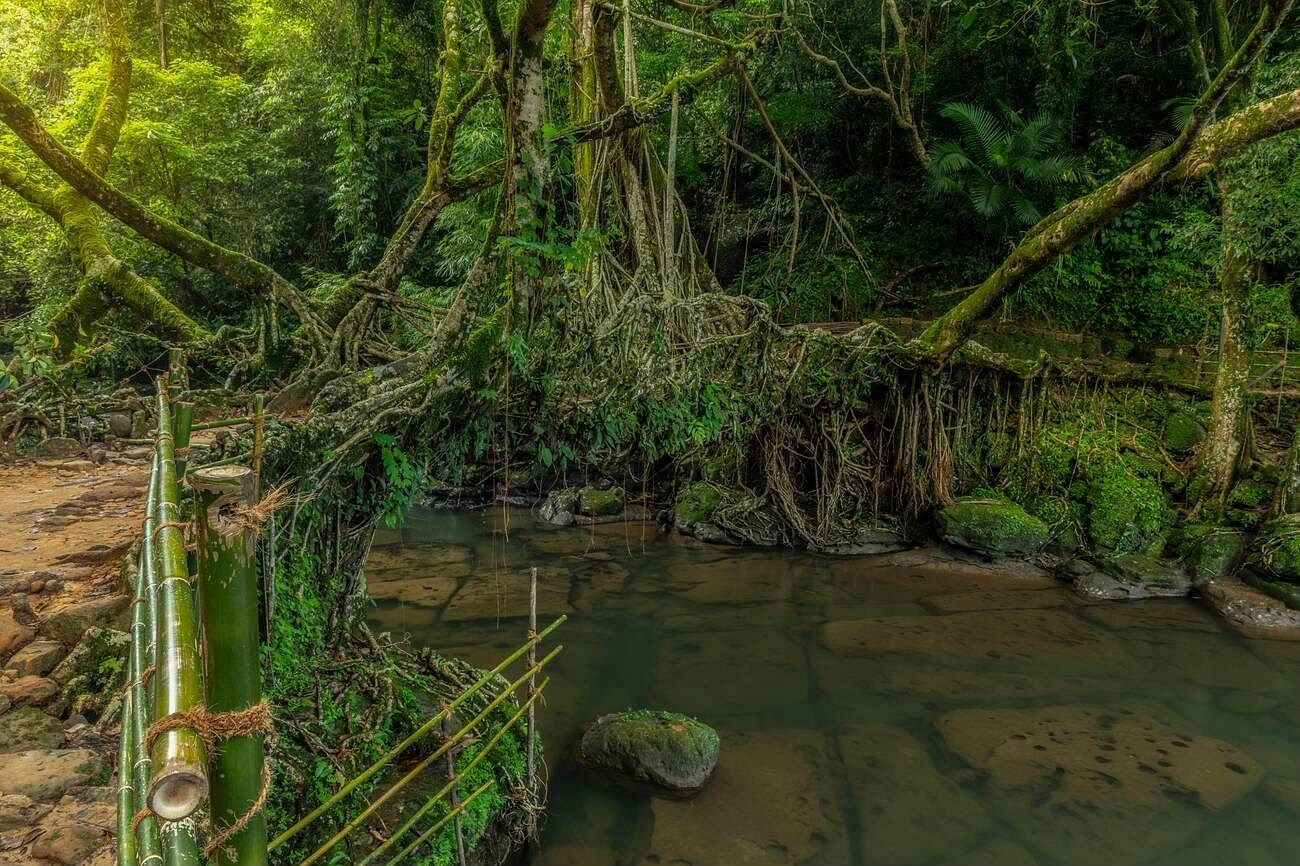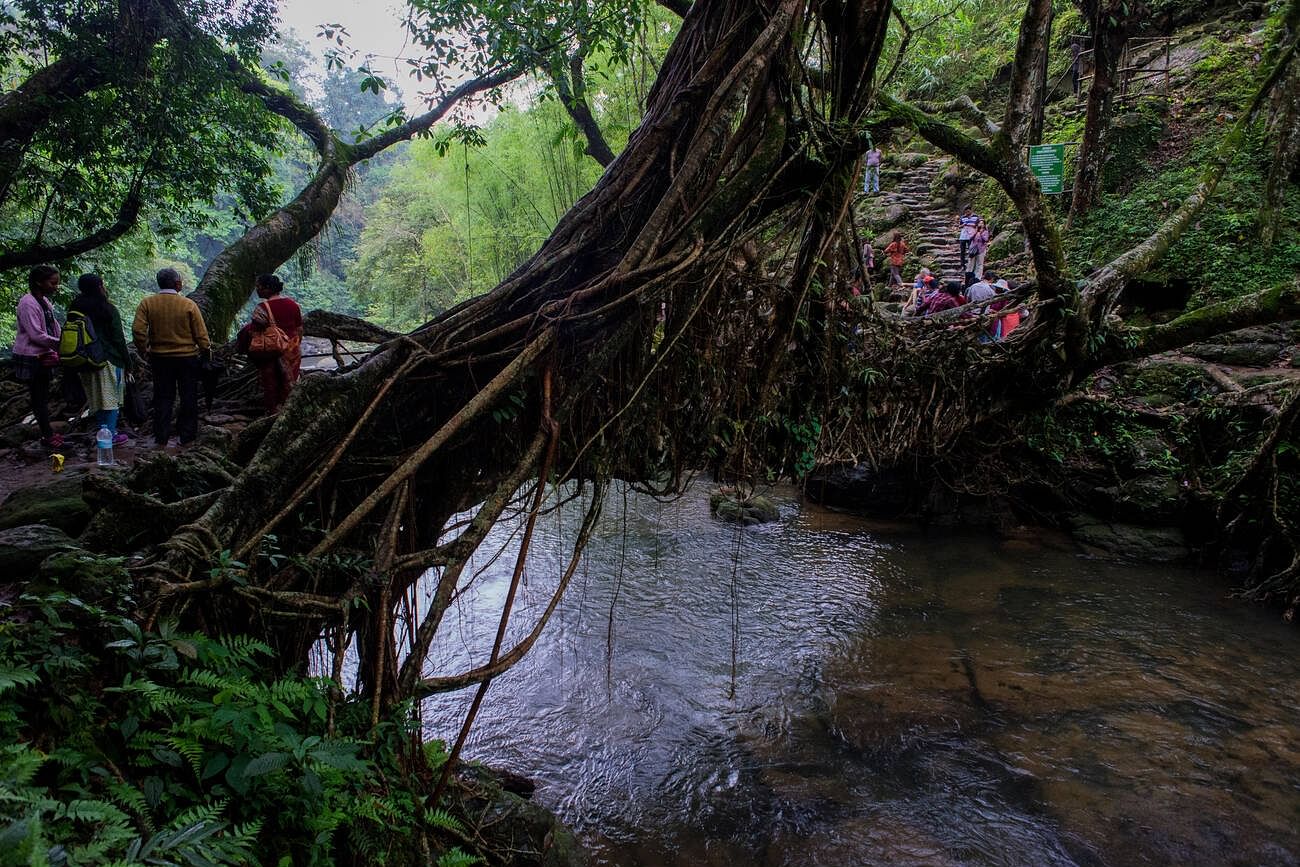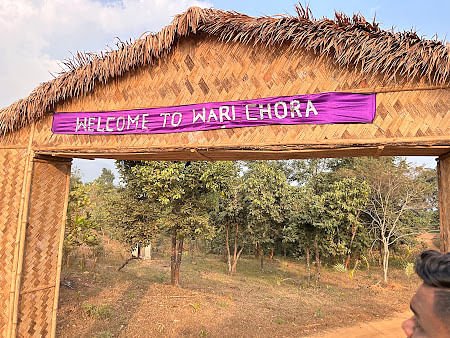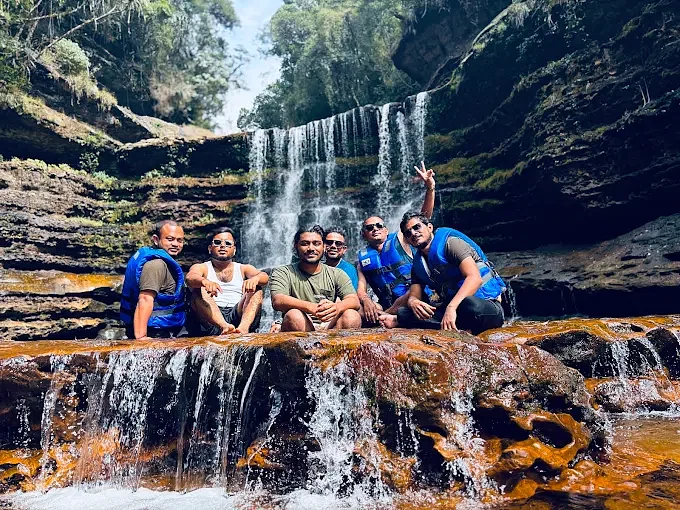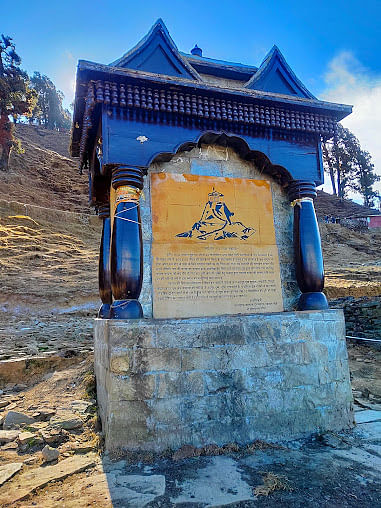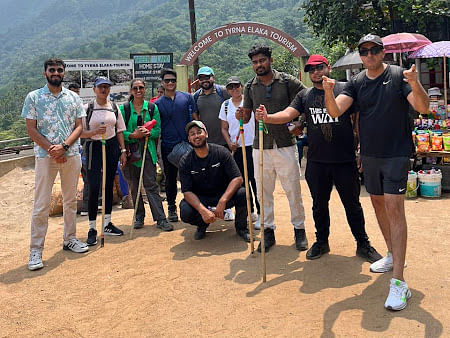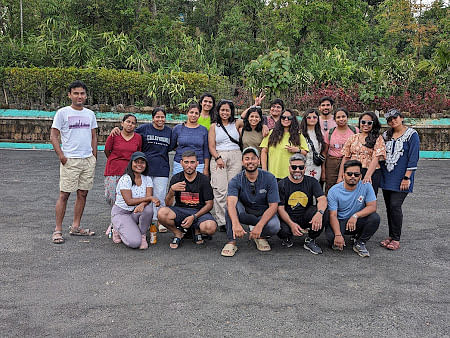Ever seen a bridge that literally grows on you? That’s the kind of surprise waiting on a trip to Meghalaya , a place where nature doesn’t just build beauty, it builds bridges! These aren’t your regular steel-and-cement types. The Living Root Bridges are made from the roots of ancient rubber trees, woven together by hand, patience, and a whole lot of local genius.
These bridges are the pride of Meghalaya! And if you're wondering whether they’re strong enough to walk on — absolutely. Some of them are over a hundred years old and can easily hold the weight of 40–50 people at once.
Take a slow walk across, soak in the surroundings, and enjoy the calm. These bridges are simple, beautiful, and quietly impressive — no rush, no noise, just nature at its best. Now, let’s explore some of the most popular Living Root Bridges in Meghalaya.
How Many Living Root Bridges Are There in Meghalaya?
There are around 100 known living root bridges scattered across Meghalaya’s East Khasi Hills and West Jaintia Hills, spread across 70–72 charming villages. These magical pathways, known as “jingkieng jri”, aren’t just Insta-worthy — they’re living legends hidden in the forest!
best meghalaya tour packages
Popular Living Root Bridges in Meghalaya
1. Double Decker Root Bridge, Nongriat
The Double Decker Root Bridge in Nongriat village, near Cherrapunji, is one of the most famous living root bridges in Meghalaya. With two root layers stacked on top of each other, it's a marvel of bioengineering and local tradition. Reaching this bridge involves a steep trek of over 3,000 steps, but the experience is worth it. It's surrounded by waterfalls and natural pools, offering a magical jungle escape.
2. Mawlynnong Single Root Bridge, Riwai
Located just a short walk from the Cleanest village of Mawlynnong, the Single Root Bridge at Riwai is one of the most easily accessible living root bridges in Meghalaya. It’s often the first one tourists visit, making it quite popular and sometimes crowded. The bridge stands strong and gracefully arches over a stream, giving a perfect glimpse into Meghalaya’s indigenous architecture.
Often confused with the double-decker, the Umshiang Root Bridge is the actual root bridge that forms the lower level of the Double Decker in Nongriat. It crosses the Umshiang river and is famous for its strength and structure. Surrounded by thick forests and small waterfalls, the setting is picture-perfect and serene, especially during the post-monsoon months.
4. Rangthylliang/Mawkyrnot Bridge
This is the longest living root bridge in Meghalaya, hidden deep near Mawkyrnot village in the Rangthylliang area. Spanning over 50 meters, it feels like nature built its own suspension bridge! The trek to reach it is longer but rewarding, as you pass through ancient forests and encounter multiple root bridges along the way. Despite its grandeur, it’s still off the usual tourist radar.
5. Shnongpdeng Living Root Bridge
Tucked away near the beautiful Dawki River, this lesser-known living root bridge offers a serene nature walk away from crowds. Shnongpdeng is famous for its crystal-clear waters, and the root bridge adds a magical touch to your riverside adventure. If you're kayaking or staying in the area, this is a sweet surprise for nature lovers.
Often overshadowed by the famous double-decker, the Ummunoi Root Bridge is a gem that requires a good trek but rewards you with raw, untouched beauty. Located in a quieter part of the East Khasi Hills, it offers a peaceful, unspoiled experience with roots growing thick and strong across a gurgling stream.
7. Kudeng Thymmai and Kudeng Rim Bridges
These two charming bridges are located close to each other and make for a beautiful hike. They offer a great offbeat alternative to the more commercial spots. Kudeng Thymmai and Kudeng Rim are quieter, letting you admire the living architecture without distractions. Plus, the forest trails around are lush and perfect for a mindful stroll.
Rittymmen is like the warm-up act before you reach the Double Decker Root Bridge in Nongriat. A solid, wide root bridge that is just as fascinating, it's often missed by those rushing to the bigger attractions. But it deserves its own moment, surrounded by tropical beauty and a peaceful stream, it’s the kind of place where you’d want to pause and just breathe.
Not many tourists know about this one, which makes it even more special. The Padu Root Bridge is relatively easier to access and a good choice for those looking to explore Jaintia Hills. The village is known for its warm locals and peaceful surroundings, giving you a blend of natural and cultural experience.
10. Nongbareh Living Root Bridge
Nongbareh is one of those places that makes you feel like you've stepped into a living fairytale. The root bridge here is nestled deep in greenery and often visited by explorers looking to skip the crowds. The surroundings are pristine, and the bridge has the signature organic elegance that makes these wonders so special.
11. Mawsaw Root Bridge near Mawlynnong
Often overshadowed by the nearby Riwai Root Bridge, Mawsaw is lesser-known but beautifully raw. It's just a short hike from Mawlynnong and is perfect if you're looking to stretch your legs and discover something that’s not in every tourist’s gallery. The path is scenic and quiet — ideal for a short, peaceful detour.
Tucked away in the serene village of Siej, the Umkar Root Bridge is a peaceful, lesser-known marvel. It's not as crowded as Nongriat, so you can soak in the calm and take those forest-core Instagram shots without photobombers! If you're someone who enjoys discovering offbeat trails and quiet nature wonders, this one should definitely make your list.
How the Living Root Bridges Are Made
Building a living root bridge isn’t something that happens overnight — it’s a slow, patient process that can take 15 to 20 years to complete!
Here’s how it works:
- The local Khasi and Jaintia tribes use the aerial roots of rubber trees (Ficus elastica), which naturally grow strong and long.
- These roots are carefully guided across rivers or streams using bamboo scaffolding or hollow tree trunks.
- Over time, the roots grow longer and stronger, intertwining with one another and anchoring into the soil on the other side.
- As the years pass, the temporary scaffolding rots away, leaving behind a strong, living bridge that continues to grow and strengthen.
What’s amazing is that these bridges can last for hundreds of years, and unlike man-made structures, they only get stronger with time!
This ancient method shows not just skill, but deep patience and a beautiful understanding of how to work with nature, not against it.
Significance of the Living Root Bridges of Meghalaya
The Living Root Bridges aren’t just natural wonders, they’re a reflection of harmony between humans and nature.
These bridges were crafted by the Khasi and Jaintia tribes, who guided the roots of rubber trees across streams and rivers over decades. Instead of cutting trees, they grew them into something useful, a practice rooted in patience, care, and deep ecological knowledge.
The significance of the Living Root Bridges of Meghalaya goes beyond function:
- Sustainable Engineering: Built without machines or concrete, they’re living examples of low-impact, eco-friendly design.
- Cultural Heritage: The history of living root bridges in Meghalaya represent generations of local tradition, passed down through storytelling and hands-on practice.
- Tourism & Livelihood: Today, they draw visitors from around the world and support many local communities through tourism.
Best Time to Visit Living Root Bridges in Meghalaya
The best time to visit Living Root Bridges in Meghalaya is between October and April. The weather is cool, pleasant, and perfect for trekking through the forest trails without getting soaked.
Avoid the monsoon season in Meghalaya (June to September) if possible. While the bridges look extra lush during this time, the trails can get slippery, and travel becomes tricky due to heavy rainfall.
How to Visit Living Root Bridges in Meghalaya?
To visit the Living Root Bridges, first reach Cherrapunji or Nongriat, the main gateways to these natural wonders. From Shillong, it’s about a 2–3 hour drive to Cherrapunji. Once there, you can explore trekking routes to Living Root Bridges in Meghalaya, which wind through dense forests, cascading streams, and charming Khasi villages.
Hiring a local guide is recommended for safety and insights into the Khasi culture. Most travelers start their journey early in the morning to make the most of the day’s hike and enjoy the scenic views along the way.
Now that you know what Living Root Bridges are, get ready to see why they’re more than just bridges, they’re nature’s masterpieces and Meghalaya’s pride! Whether you're in the East Khasi Hills or the West Jaintia Hills, each “jingkieng jri” you cross is stunning.
With nearly 100 of them spread across 70+ villages, there’s always another hidden gem waiting to be discovered, including the longest living root bridge in Meghalaya, tucked away in the deep greens of this magical land.
And if you're dreaming of exploring these Meghalaya living root bridges without the stress of planning, WanderOn has some amazing trips lined up for you. So tie your laces, charge your phone, and let nature do the rest.




